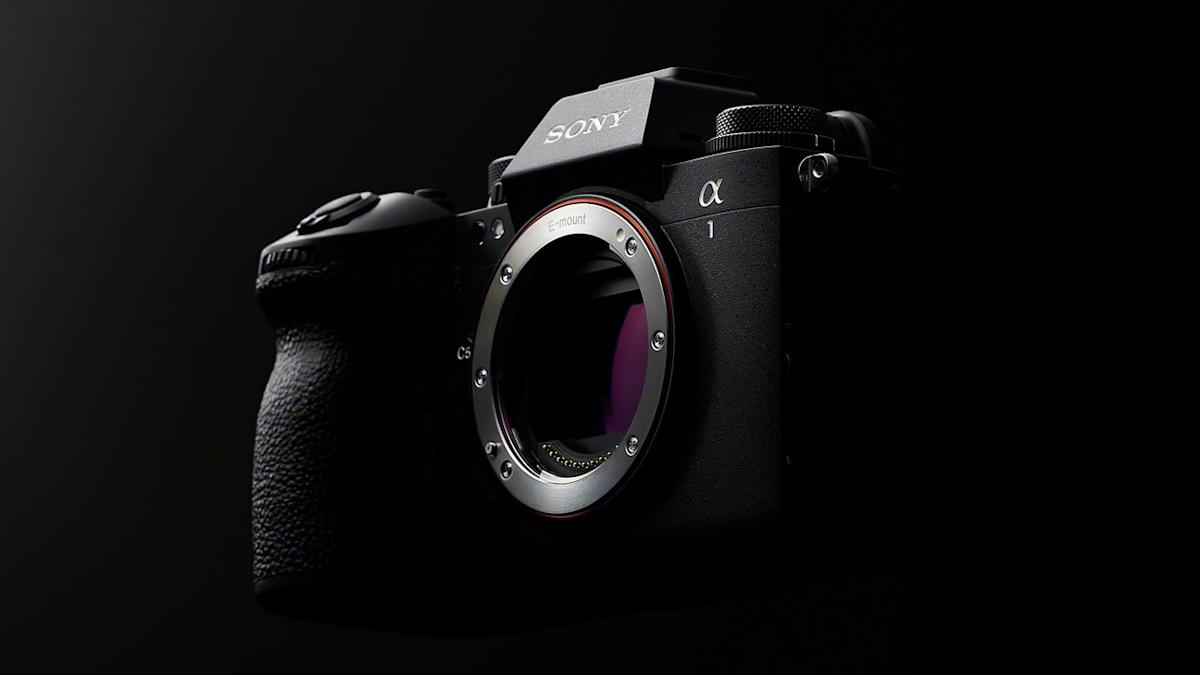The Illusion of the “Perfect” Camera: Why Two Bodies Can Be Better

Professional photographers increasingly recognize that a single camera capable of excelling in every photographic scenario remains elusive, prompting many to embrace a dual-camera setup. The pursuit of such an all-encompassing device – exemplified by high-end models like the Sony A1 II, Nikon Z9, and Canon EOS R5 Mark II – often results in substantial financial investment without necessarily delivering optimal performance across diverse applications.
While modern full-frame cameras boast impressive resolution capabilities, reaching 40, 50, or even 60 megapixels to capture exceptional detail, the demand for high-speed action photography—requiring frame rates of 20, 30, or 40 frames per second—further escalates costs. Flagship models attempting to combine these features command premium prices, potentially burdening users with capabilities they rarely utilize. For instance, while the Canon EOS R5 II is capable in sports and action photography, dedicated cameras like the EOS R3 and EOS R1 offer superior performance tailored for those specific needs.
The emerging consensus among many photographers suggests adopting a two-camera system to address distinct photographic needs. One camera can be dedicated to stills photography, while another caters to video recording, streamlining workflow and maximizing creative potential. This approach also allows for the strategic pairing of cameras from different brands; a photographer might favor Canon’s image quality for still photography while leveraging Lumix’s advanced stabilization and lighter lenses for filmmaking.









